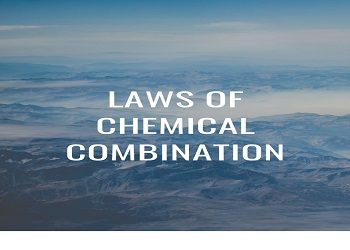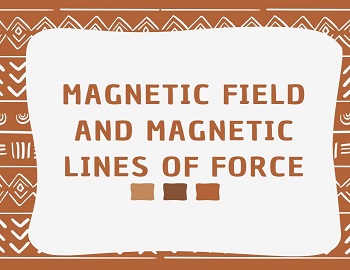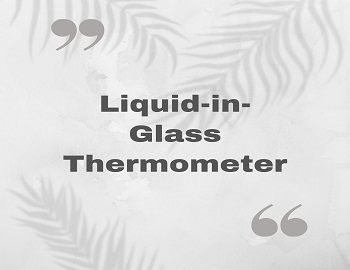Table of Contents
Laws of Chemical Combination:
Law of Conservation of Mass or law of Indestructibility of Matter:
| This law which deals with the masses of the reactants and the products of a chemical reaction was studied by the great French chemist Antoine Lavoisier in 1774. This law may be stated as follows- In all physical and chemical changes, the total mass of the reactants is equal to that of the products. Thus according to this law, there is no increase or decrease in the total mass of matter during a chemical or a physical change. In other words, Matter can neither be created nor destroyed. Example- (i) When matter undergoes a physical change- A piece of ice is taken in a small conical flask. It is well corked and weighed. The flask is now heated gently to melt the ice into water. Ice —-Heat——-> Water The flask is again weighed. It is found that there is no change in the weight though a physical change has taken place. (ii) When matter undergoes a chemical change- 100 gram of mercuric oxide when heated in a closed tube, decomposed to produce 92.6 gram of mercury and 7.4 gram of oxygen gas. HgO (s) (100 gm) ————–> Hg (l) (92.6 gm) + 1/2 O2 (g) (7.4 gm) Thus, during the above decomposition reaction, the matter is neither gained nor lost. |
Law of Constant Composition or Definite Proportions:
| This law was discovered by a French Chemist J.L.Proust in 1799 and deals with the composition of elements present in a given compound. It states that “A chemical compound is always found to be made up of the same elements combined together in the same fixed proportion by weight”. Example- Water taken from river, lake, India or U.S.A. has same basic composition in which hydrogen and oxygen are present in 1:8 ratio by mass. Exception- All the water molecules or molecules of any other substance are not always the same. Sometime water may be D2O i.e. Isotopes of an element may be present. |
Law of Multiple Proportions:
| This law was first studied by Dalton in 1804. It states that “When two elements combine to form two or more chemical compounds, then the weight of one of the elements which combine with a fixed weight of the other, bear a simple ratio to one another”. Example- When carbon and oxygen combine to form CO and CO2. In CO, 12 parts of carbon combine with 16 parts of oxygen. Therefore, the ratio of different weights of oxygen combining with the fixed weight of Carbon ‘12‘ is 16:32 be 1:2 which is a simple ratio. |
Law of Reciprocal Proportions:
| This law was put forward by Richter in 1792. It states as follows- “The ratio of the weight of two elements ‘A‘ and ‘B‘ which combine separately with a fixed weight of the third element ‘C‘ is either the same or some simple multiple of the ratio of the weights in which ‘A‘ and ‘B‘ combine directly with each other”. Example- The elements ‘H‘ and ‘O‘ combine separately with the third element ‘S‘ to form H2S and SO2 and they combine directly with each other to form H2O. The weight of H and O which combine with the fixed weight of S viz. 32 parts are 2 and 32 i.e. they are in the ratio 2:32 or 1:16. When H and O combine directly to form H2O, the ratio of their combining weights is 2:16 or 1:8. The two ratios are related to each other as- 1/16:1/8 = 1:2 i.e. they are simple multiple of each other. |
Gay-Lussac’s law of Gaseous Volumes:
| It is also called as Gay-Lussac’s law of combining volumes. The law states,” When gases react together, they always do so in volumes which bear a simple ratio to one another and to the volumes of the products, if these are also gases provided all measurements of volumes are done under similar conditions of temperature and pressure”. Example- H2 (1 vol.) + Cl2 (1 vol.) ————-> 2HCl (2 vol.) Ratio is 1:1:2 (simple whole number ratio). N2(1 vol.) + 3H2 (3 vol.) —————> 2NH3 (2 vol.) Ratio is 1:3:2 (simple whole number ratio). Note- The entire chemical combination is based on the above law. |









Comments (No)